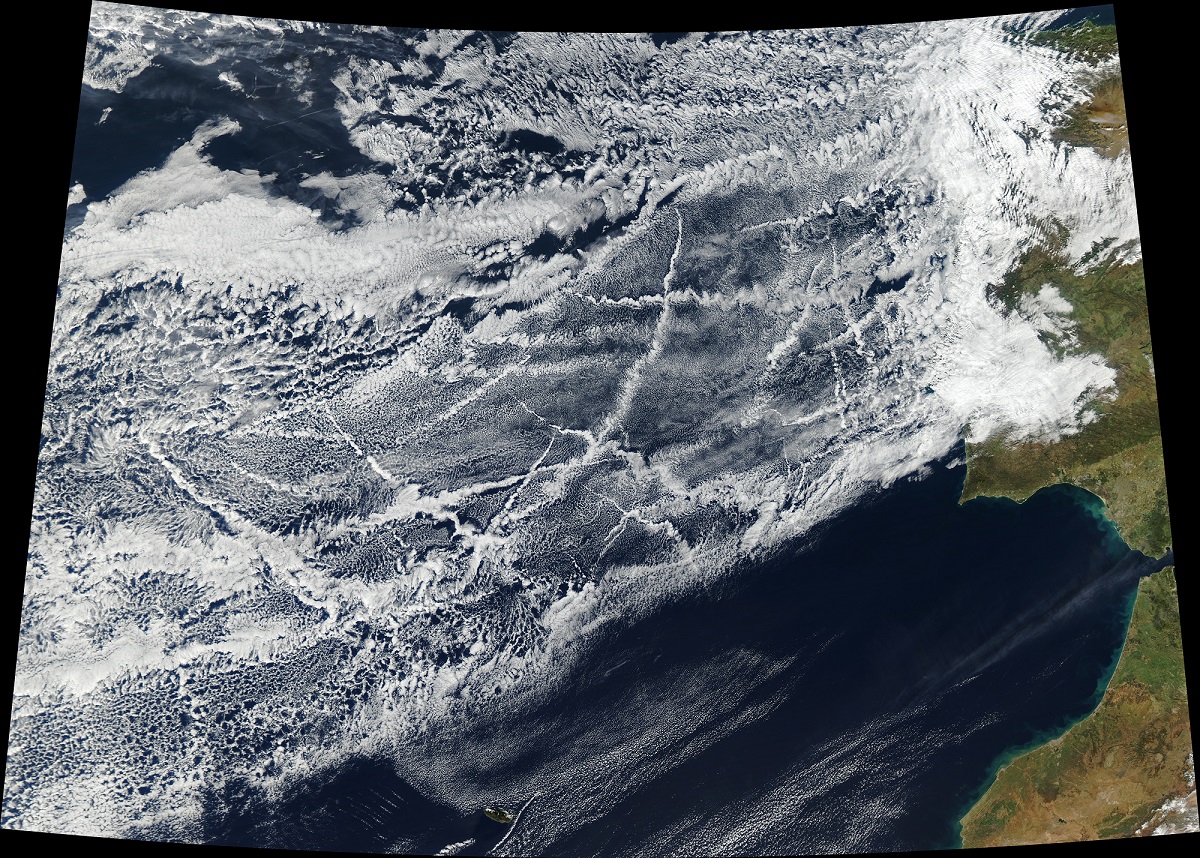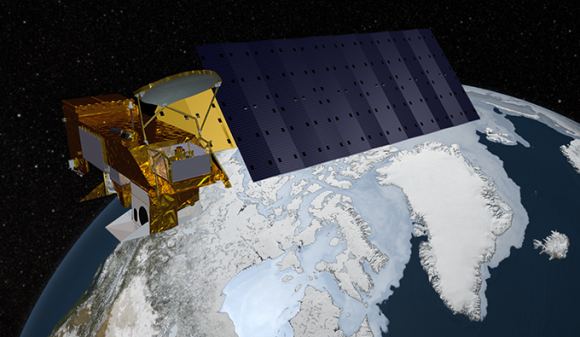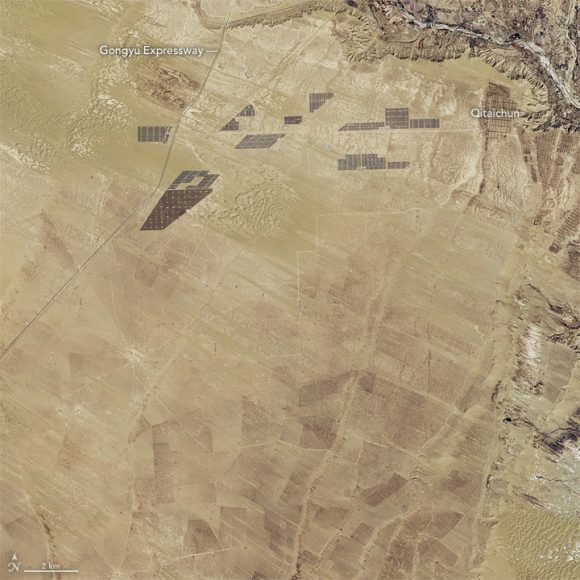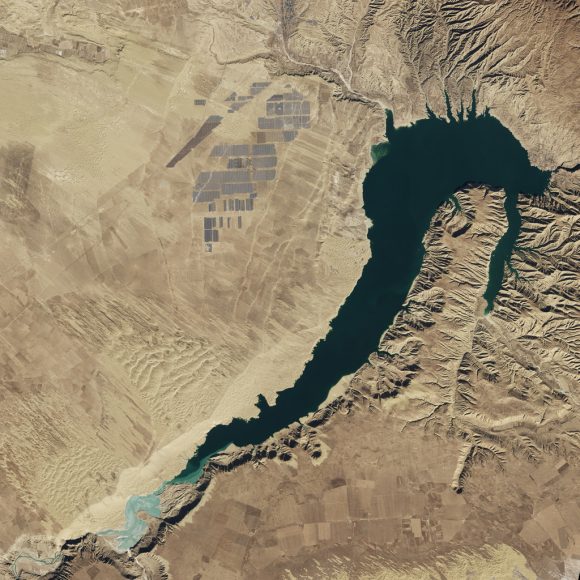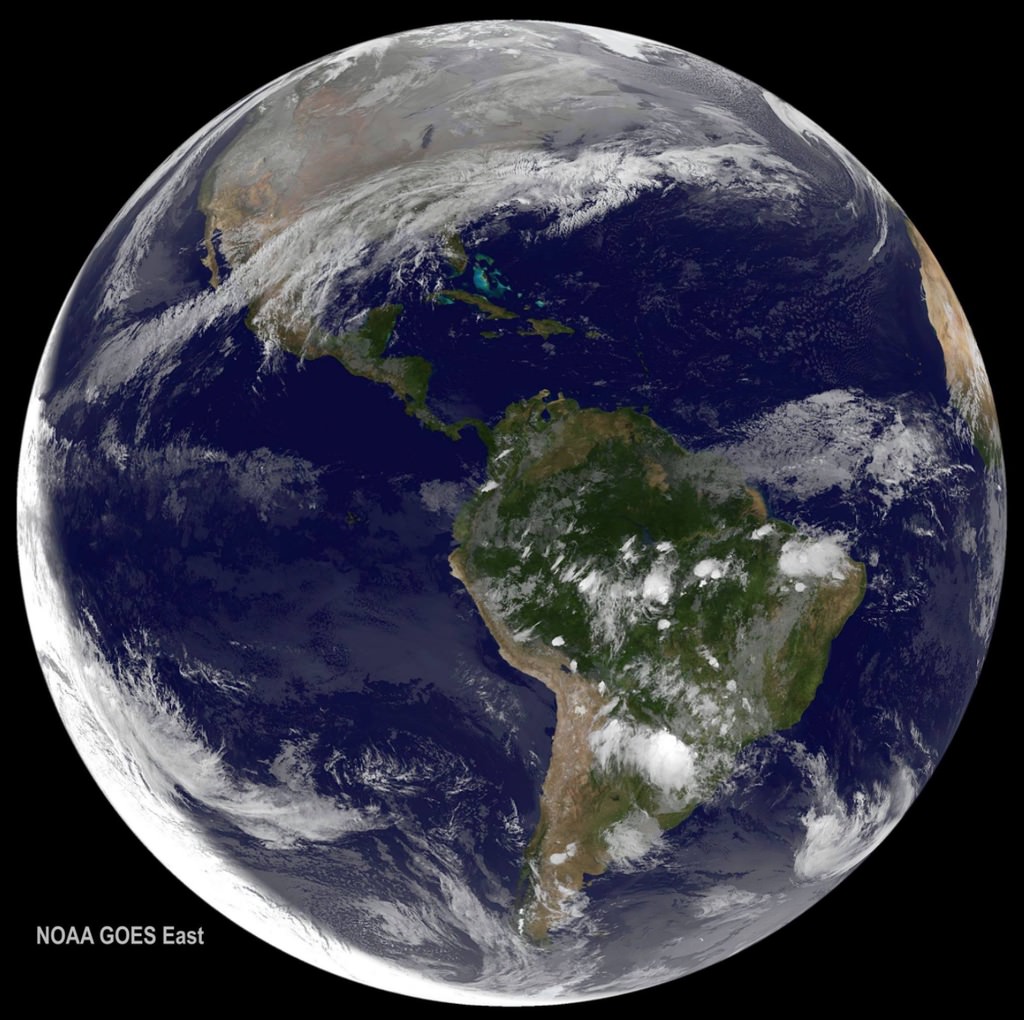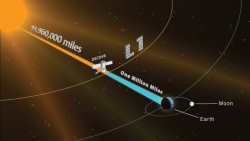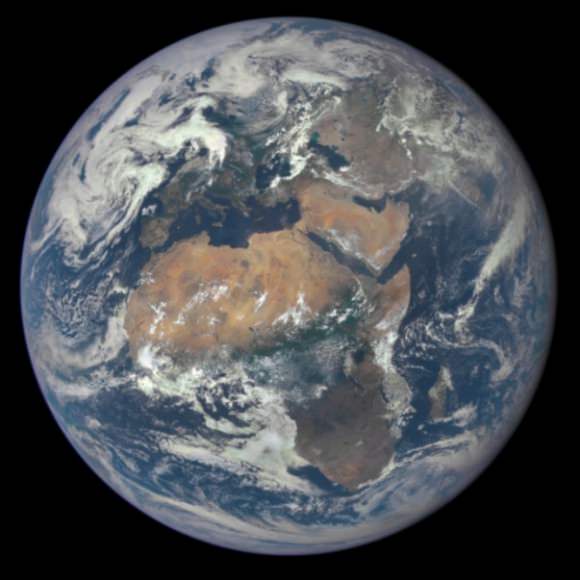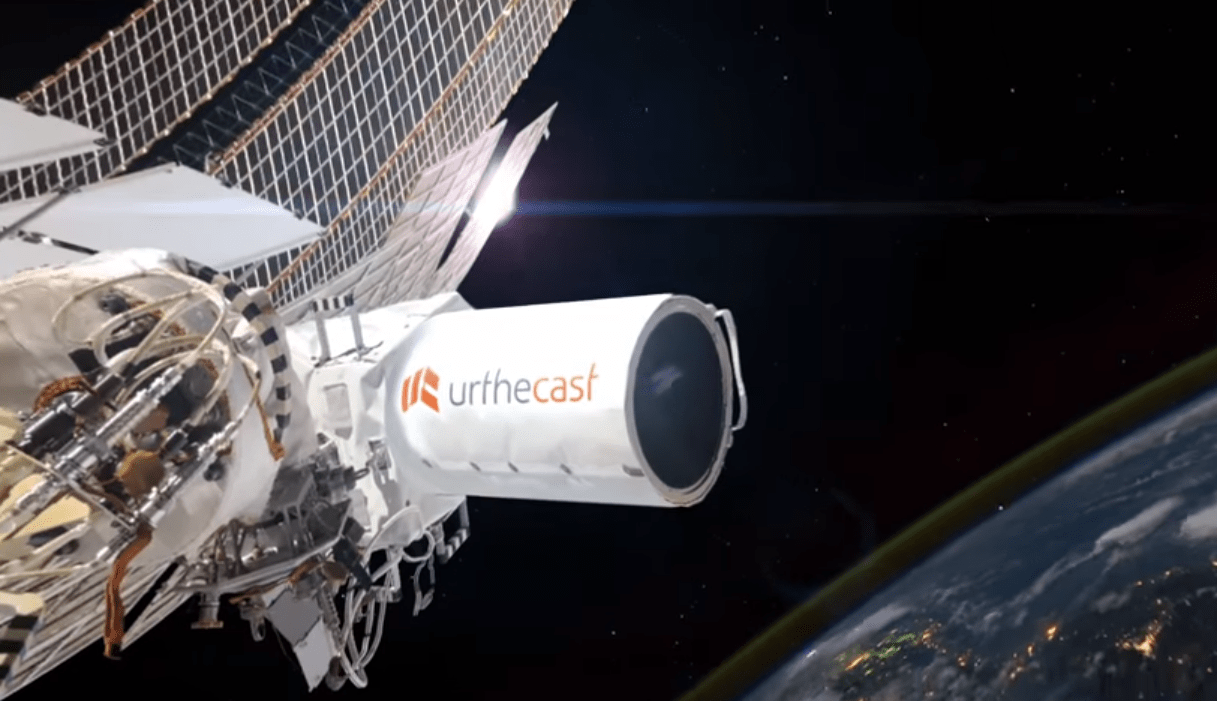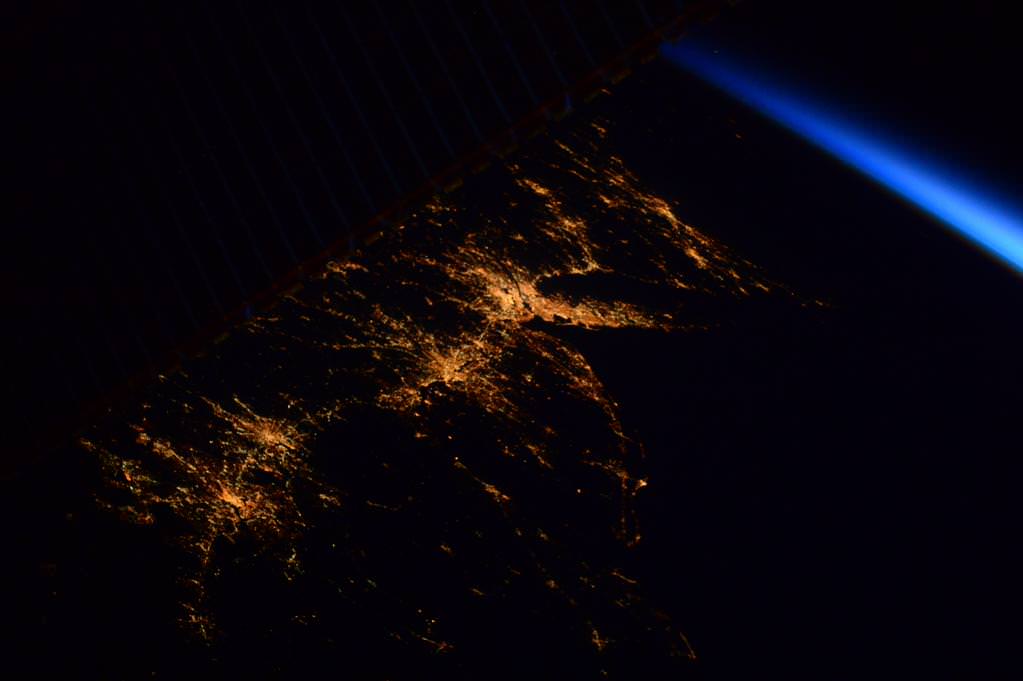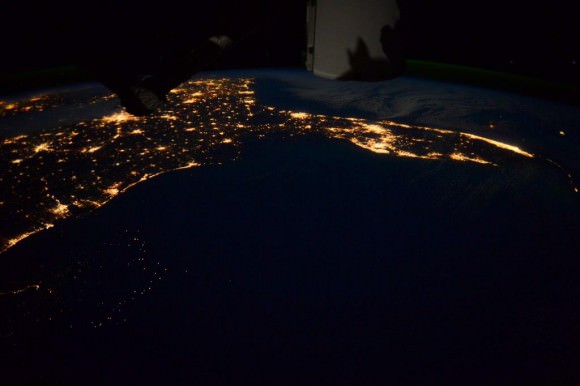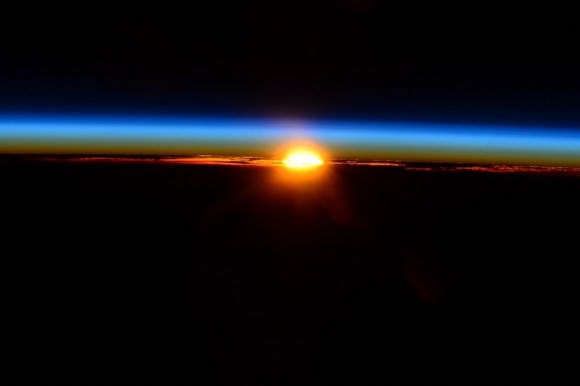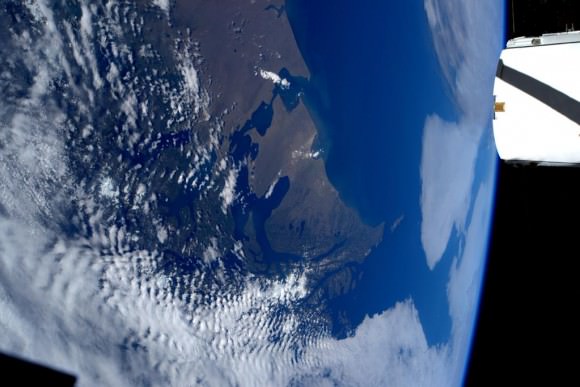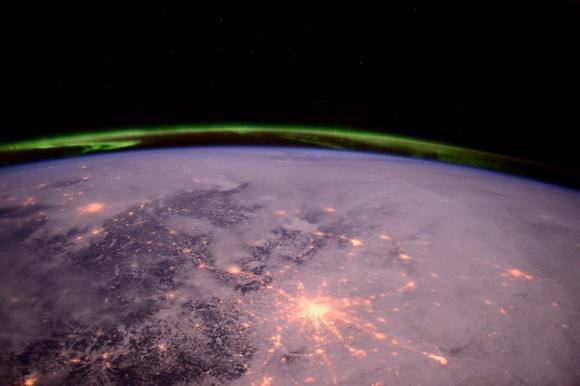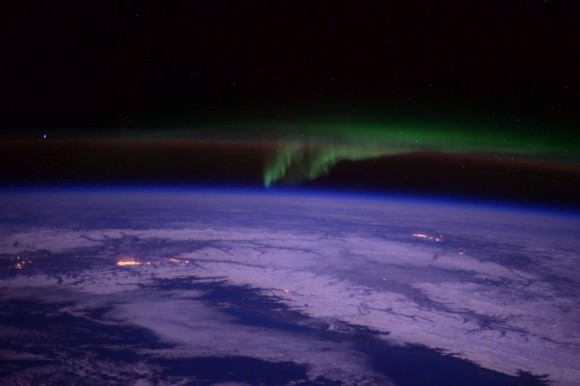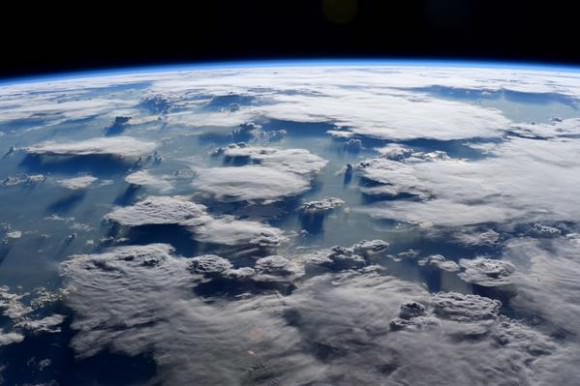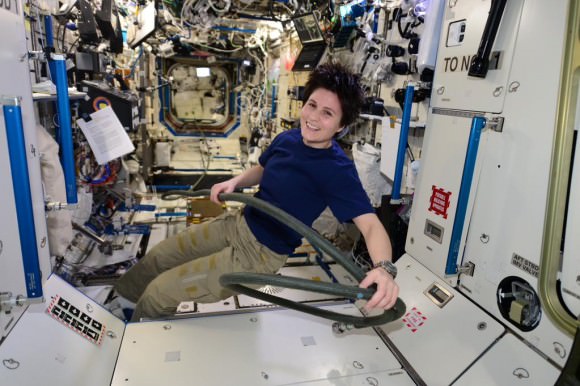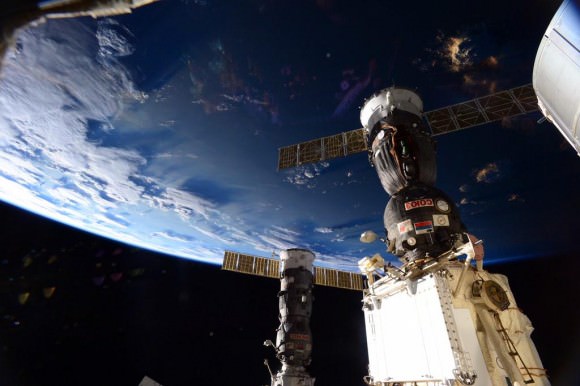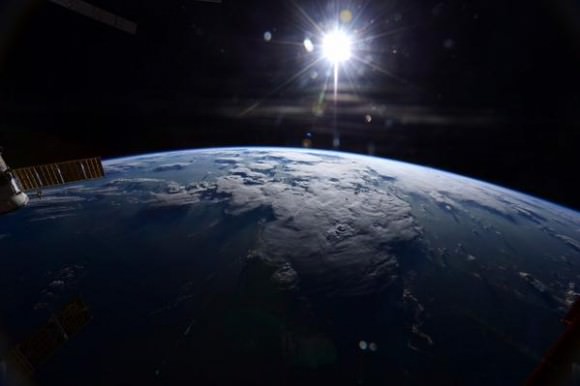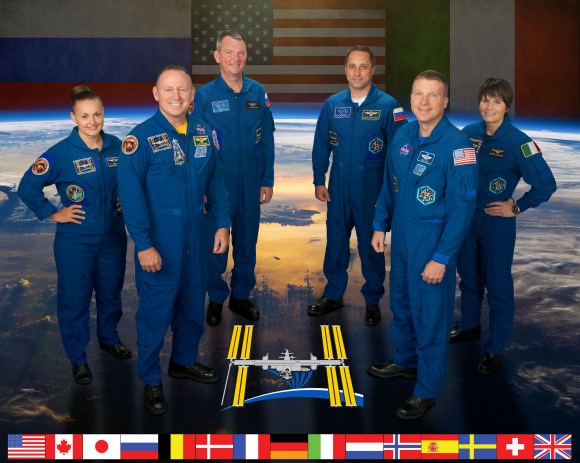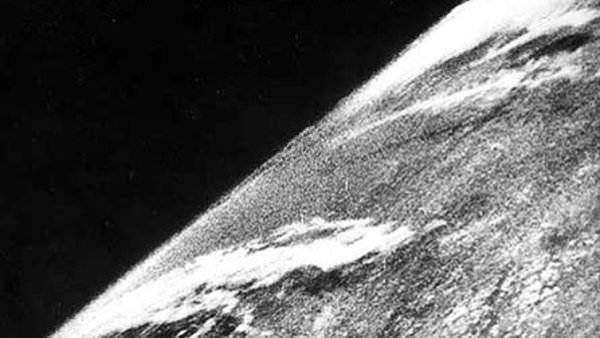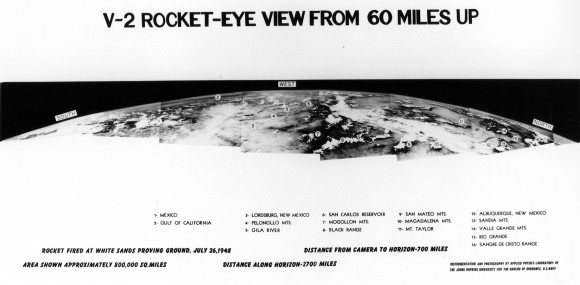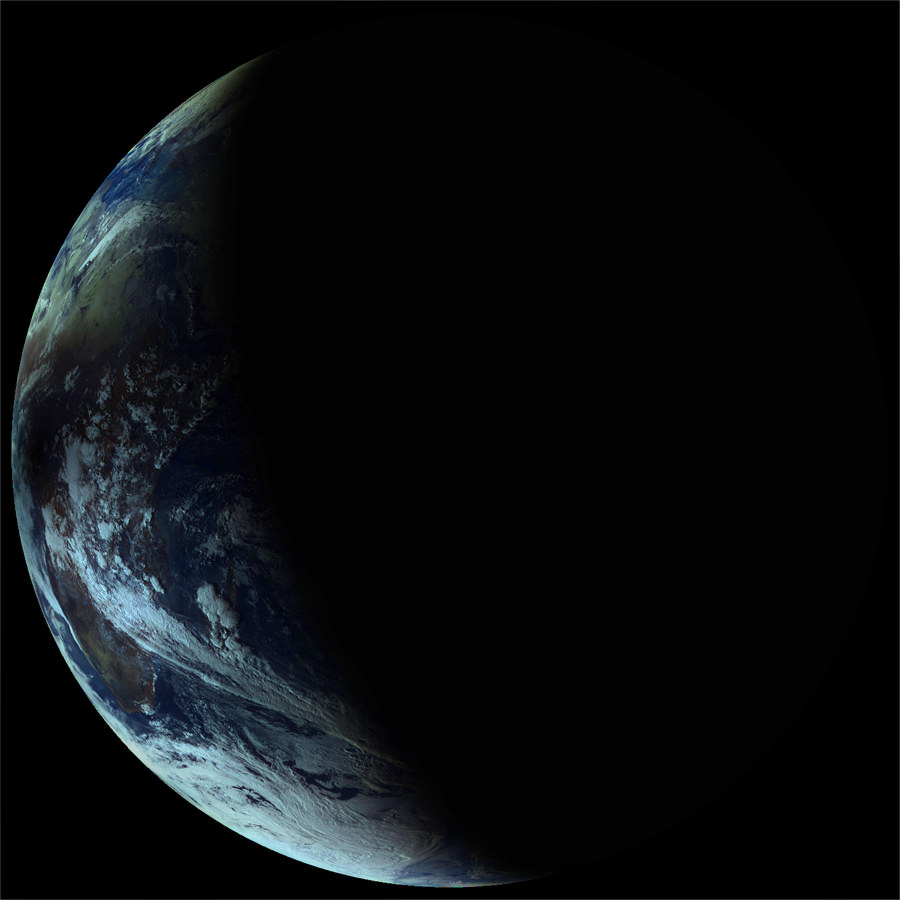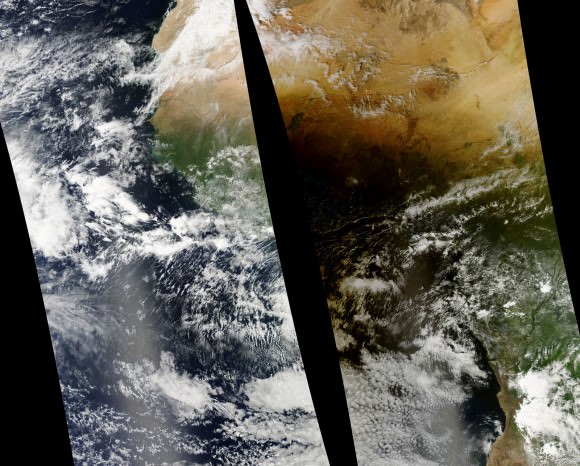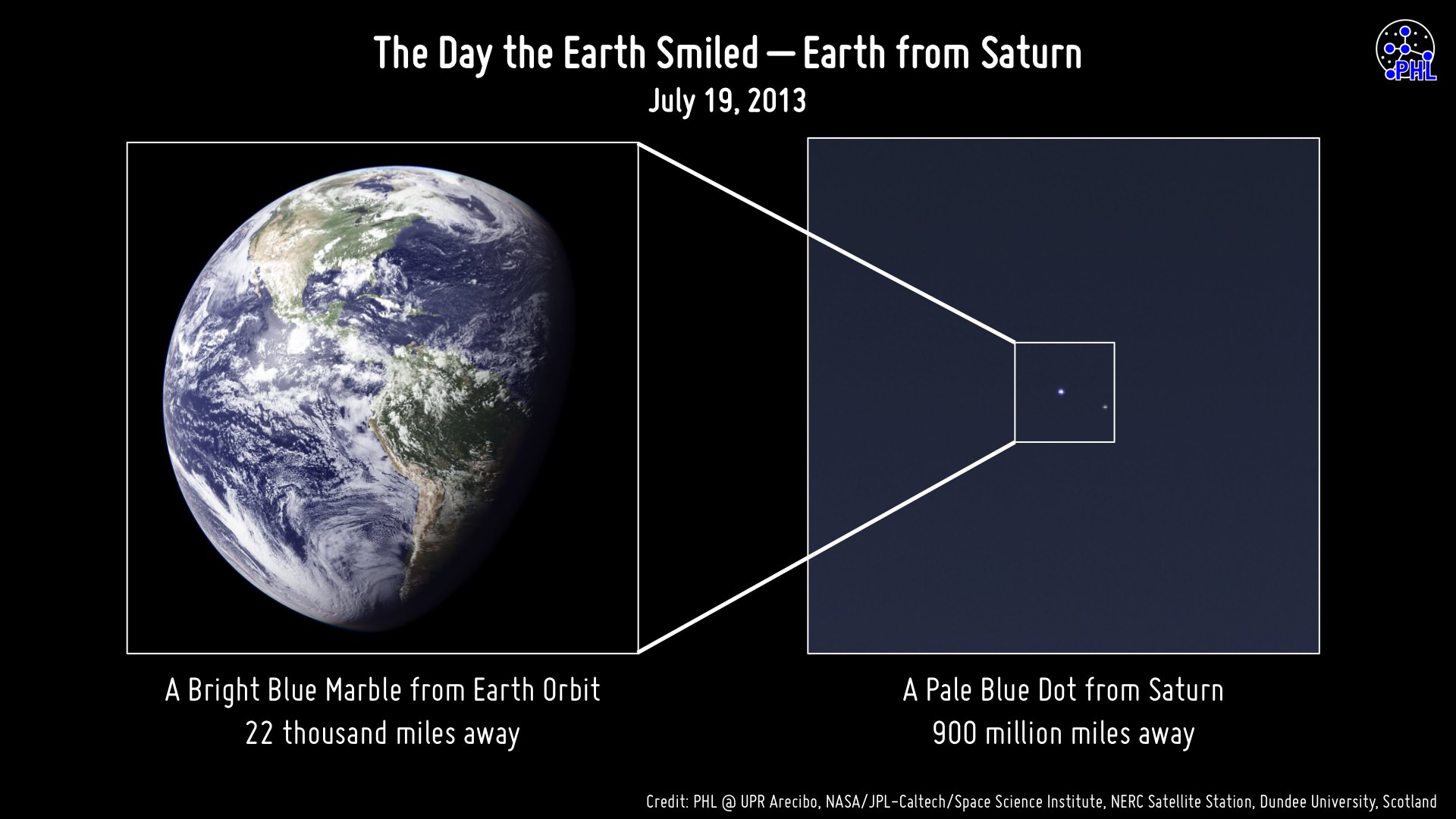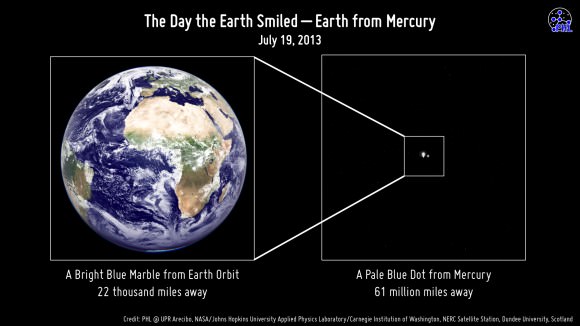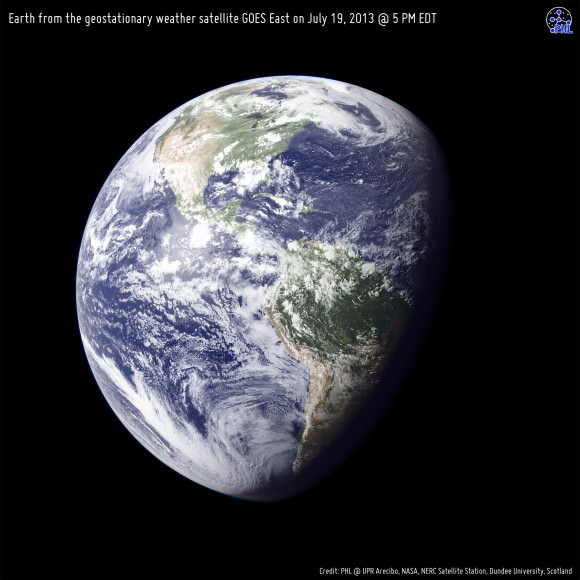https://vimeo.com/130889258
A trio of Earth’s cities come to life like never before with today’s (June 17) publication of the first ever full-color, ultra High Definition full color videos captured by a new commercial camera installed aboard the International Space Station (ISS) that was developed and built by the Canadian-based company UrtheCast Corp.
See Boston, Barcelona and London up close and alive like you’ve never seen them before in the exquisite HD Vimeo videos featured above and below. Indeed the high def videos are “unparalled” says Urthecast.
“These are the the world’s first, full-color HD videos of Earth, filmed from the International Space Station (ISS),” said Urthecast. They have roughly one-meter resolution.
Be sure to click to enlarge the videos to get the full majesty of these cities from space.
Amazingly, you can even watch cars drive along freeways and shipping containers zipping along waterways in the video shot by Iris, UrtheCast’s Ultra HD video camera bolted to the exterior of the massive outpost that’s orbiting Earth at an altitude of some 250 miles (400 kilometers).
“Today, we are continuing our advancement towards democratizing the Earth Observation industry, making timely Earth video and imagery from space accessible to everyone,” explained Scott Larson, UrtheCast Co-founder and Chief Executive Officer, in a statement.
In the lead video of the city of Boston, United States, above you get a glimpse of “fabled Fenway Park in HD” from the Iris camera aboard the ISS.
“Fenway, the oldest ball park in Major League Baseball and the home of the Boston Red Sox, sits aside the Charles River and the beautiful Emerald Necklace — a linear string of parks and rivers,” notes the Urthecast description.
UrtheCast’s goal is to provide “Ultra HD video and still imagery of Earth that will allow for monitoring of the environment, humanitarian relief, social events, agricultural land, etc,” says the company on its website.
The three videos from the Iris full color HD camera cover areas in each of the three cities ranging up to 1.19 x 0.67 miles (1.92 x 1.08 kms) “that is, as of yet, unparalleled.”
Here’s the full color HD video of London, United Kingdom:
https://vimeo.com/130889259
Video caption: London, United Kingdom. Like peering out over the Thames River from your airplane window — see a Tube train depart, the London Eye spin, and cars circle Charing Cross. Captured from the International Space Station at roughly one-meter resolution, UrtheCast’s ‘First Light’ video suite features downtown London, England, showcasing the nucleus of one of Europe‘s most populous cities. Credit: UrtheCast
“With the ultimate goal of connecting the planet and highlighting what unites us all, we’re revealing a perspective of Earth from space that was previously reserved for a small few. By opening up our API to the web development community, we’re providing collaboration tools that will help people monitor, protect, and benefit our world and will lead to the democratization of Earth Observation imagery,” noted Larsen.
Here’s the full color HD video of Barcelona, Spain:
https://vimeo.com/130908246
Barcelona, Spain. Colourful shipping containers zip around the Port of Barcelona in this ‘First Light’ UrtheCast video, captured at roughly one-meter resolution from the International Space Station. To the left of the frame, high atop Montjuïc hill, lies the site of the 1992 Olympics, settled against the shore of the Balearic Sea. Credit: UrtheCast
UrtheCast says it expects Iris to achieve Initial Operation Capability (IOC) status sometime this summer. Their medium-resolution, Theia, achieved IOC status in 2014 “and is actively filling orders for imagery and data.”
Both cameras were flown to the ISS on Russian spacecraft and installed on the exterior of the Russian segment by Russian cosmonauts.
Meanwhile, the human crews aboard the ISS continue to capture breathtaking imagery with hand held cameras.
So be sure to check out my popular story about the dazzling image of the Great Pyramids from the space station taken by NASA astronaut Terry Virts – the commander of Expedition 43. Virts just returned home from the station last week, as detailed in my story here.
Stay tuned here for Ken’s continuing Earth and planetary science and human spaceflight news.
Ken Kremer


